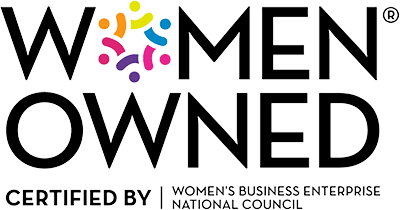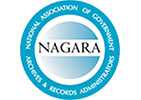In 2001, just 18% of U.S.-based physicians were using electronic medical record (EMR) or electronic health record (EHR) systems. As of 2021, that figure has soared to 88%. Healthcare organizations across the nation have embraced EHRs, largely thanks to their ability to reduce staff burnout and increase efficiency.
While many healthcare documents are now digital, care providers still have millions of paper files that need to be digitized. Medical records scanning solutions from providers like Armstrong Archives can help organizations bridge the gap between their existing physical documents and EHR data.
The Importance of Digitizing Medical Records
Digitizing medical records provides a plethora of benefits for organizations, physicians, and most of all, patients. By investing in medical document scanning, businesses can simplify records storage protocols, increase information security, and promote accessibility.
Planning for Your Digital Transition
Scanning electronic medical records might sound complicated, but you’ll find that the process can be relatively simple once you put a plan in motion. After all, you can enjoy a fresh start once you make the move to a digital records database. Here are a few things to consider.
How to Prepare Medical Records to Be Scanned
Thoroughly review and organize your medical charts in portable containers. Maintain the current organizational structure (e.g., alphabetical order or chronological order) as you’re moving records from your file cabinets or shelves to containers for transport. This will make them easier to organize later.
Choosing a Scanning Service Provider
Find a provider who specializes in working with healthcare organizations. A partner like Armstrong Archives understands the nuances of HIPAA privacy laws. Our team can support your compliance initiatives while also facilitating a smooth transition to digital records storage.
Ask about the cost to scan medical records and get a rough count of how many pieces are being scanned. That way, you’ll have an idea of total digitization costs. Remember, digitizing medical records will provide long-term cost savings and efficiency gains that offset your initial investment.
Understanding How the Scanning Process Works
As they are turning paper files into virtual ones, the service provider will:
- Prep the documents (removing staples and paperclips, etc.)
- Scan each document sequentially
- Verify readability
Leading providers will also take steps to ensure security and compliance during scanning. They’ll do things like maintain a chain of custody, store the documents in a secure room, and make sure that only authorized personnel have access to the scanning area.
Managing Digital Records
Once the medical records scanning process is complete, it’s time to manage your new suite of digital documents. Here are some factors to consider:
Access and Storage Solutions
Storing digital records requires a user-friendly and intuitive platform. The ideal platform should integrate with your EHR software and physician tools. Remember, team members must be able to easily locate and access patient files so that they can deliver faster, more efficient care.
How Armstrong Archives Helps With Secure Document Management
You may have some medical records that you must keep, but are not sure you will ever need to access. We can store these records for you in paper form and then scan them on demand should you need them in the future. We can make them available to you via encrypted email or a USB drive.
Overcoming Digitization Challenges in Healthcare
Transitioning away from paper records can be challenging. Here are two key hurdles you’ll likely encounter (and tips on how to overcome them).
High-Volume Record Management
Managing and digitizing large volumes of healthcare records can feel like an impossible task. Fortunately, Armstrong Archives offers bulk services designed to take the hassle out of document digitization. We handle everything, from pickup to prep, scanning, and compliance.
Privacy and Security in Digital Records
Patient records are at their most vulnerable during times of change, such as in the midst of a digitization process. Train your team on the importance of maintaining patient confidentiality and data security during the digitization process.
It’s also essential to choose a company that understands privacy rules inside and out. An experienced team will facilitate a seamless exchange of documents, maintaining patient privacy and protecting your reputation.
HIPAA and Other Regulatory Standards
Whether you’re storing paper records or digital ones, maintaining HIPAA compliance will need to be a top priority. Be mindful of factors like the right to access, response times, and exclusions.
Complying with HIPAA and additional legal requirements will take a proactive approach. Stay aware of any changes to state and federal guidelines, ensuring that everyone stays up to speed on the latest requirements.
Transforming the Way You Manage Healthcare Documents
Medical records scanning can help you improve efficiency, save money, reduce burnout, and achieve better patient outcomes. Choose an experienced partner like Armstrong Archives so that your company can enjoy a seamless transition from physical to digital documents.
Ready to transform your medical records management? Contact us today for expert scanning solutions or request a free quote!













